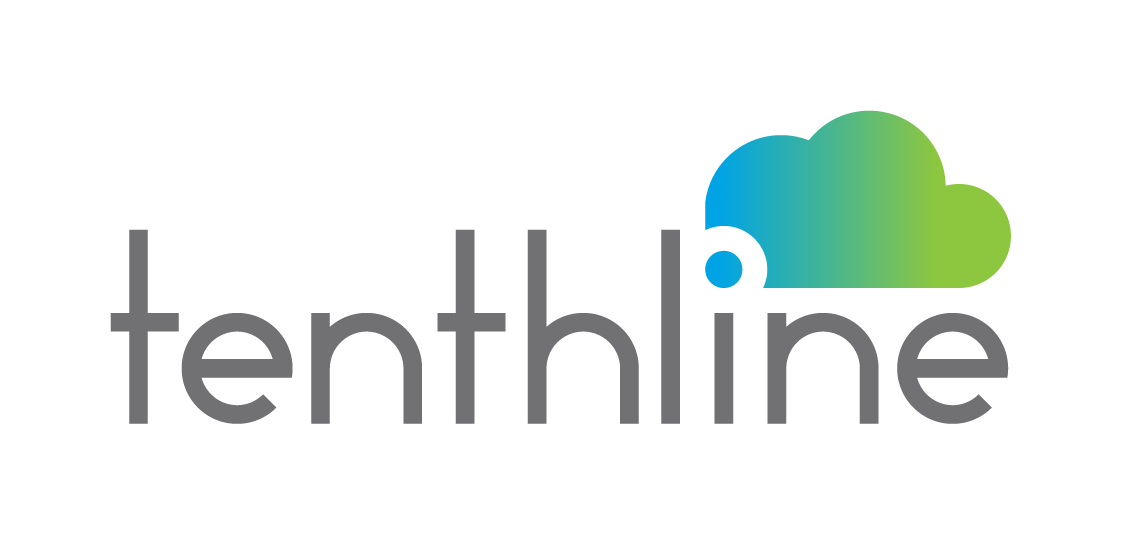As organizations continue to move to the cloud, it’s important to understand the security risks and how to mitigate them. Microsoft Azure Cloud can provide many benefits for organizations, but security is always a concern. In this blog post, we’ll take a look at some of the risks associated with using cloud computing and how you can keep your data safe.
What is Microsoft Azure and what are its key features?
Microsoft Azure is a cloud-based suite of advanced computing services. It is widely considered one of the best options for organizations that are looking to optimize their infrastructure and save costs with its key features. Its key features include scalability, security, artificial intelligence capabilities, access across platforms and languages, and advanced analytics tools. Moreover, Microsoft Azure helps streamline a company’s workload by delivering an intuitive user experience through easy-to-use graphical interfaces. Thanks to its powerful yet simple modular functions, it helps businesses create flexible solutions while also providing them with robust security standards. With its ability to draw upon the existing technology stack which its users might already have in place, Microsoft Azure provides an ideal solution for deploying new dynamically generated applications at scale.
What are the security risks associated with using Azure, and how can they be mitigated?
Azure cloud security by Microsoft is one of the leading software for cloud computing and storing data online. Despite its many advantages, there are still potential security risks associated with using Azure that companies must be aware of. Common risks include the accidental leakage or deletion of data, malicious requests from third parties, and inadequate privacy protocols. To mitigate these potential threats, organizations should employ robust authentication methods and encryption technologies to secure their data both in transit and at rest. They should also ensure that their pertinent cloud-related policies remain up-to-date as technology evolves. Ultimately, proactive measures combined with preventative tools can help organizations achieve a secure cloud environment when using Azure.
“Tenthline and the cloud: How we keep your data safe”
One of the biggest concerns with moving to the cloud is the loss of control over data. When you store data in the cloud, you’re relying on the security measures of the provider. With Azure, Microsoft has made great strides in ensuring that their platform is secure. However, there are still some risks that need to be considered.
Data breaches are always a possibility, no matter where your data is stored. One way to mitigate this risk is to encrypt your data before it’s uploaded to the cloud. There are a number of encryption options offered by Azure, including for databases, servers, disks and data in transit, however client-side encryption is an additional protective layer. This way, even if there is a breach, your data will be unreadable by anyone who doesn’t have the encryption key. Additionally, you should consider utilizing Azure’s multi-factor authentication features to further protect your data.
Another concern with cloud security is Denial of Service (DoS) attacks. DoS attacks can render services unavailable by overwhelming them with traffic or requests. Azure provides protection against these kinds of attacks with its Anti-DDos service. This service uses machine learning to detect and block illegitimate traffic before it can cause any damage, and it does so without impacting the availability or performance of applications. Microsoft is dedicated to cybersecurity and holds more compliance certifications than any other cloud provider.
Cloud security is a complex topic, but it’s important to understand the risks associated with using Azure and how you can mitigate them. By encrypting your data on multiple levels and utilizing Azure’s security features, you can help keep your data safe from breaches and DoS attacks.


Good luck!